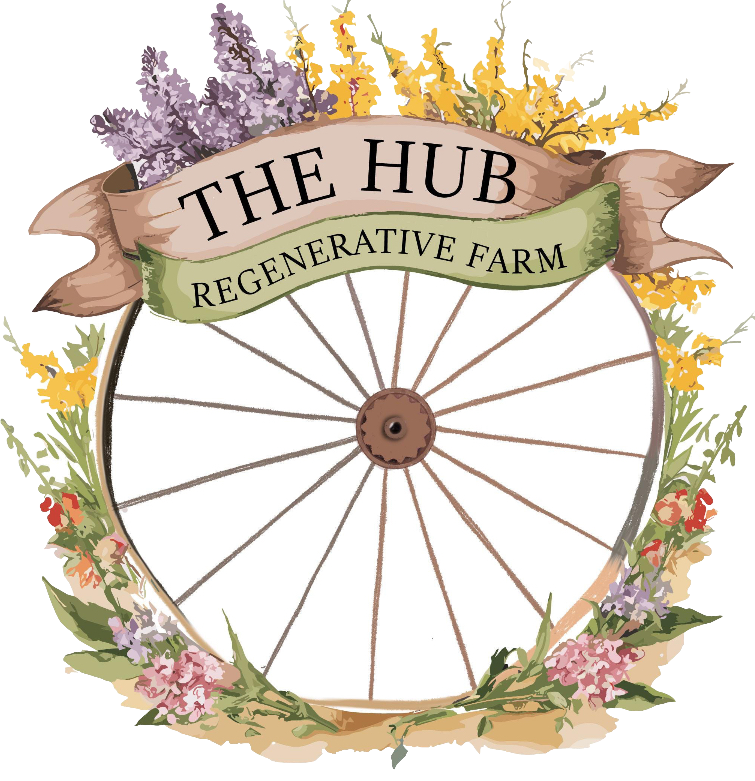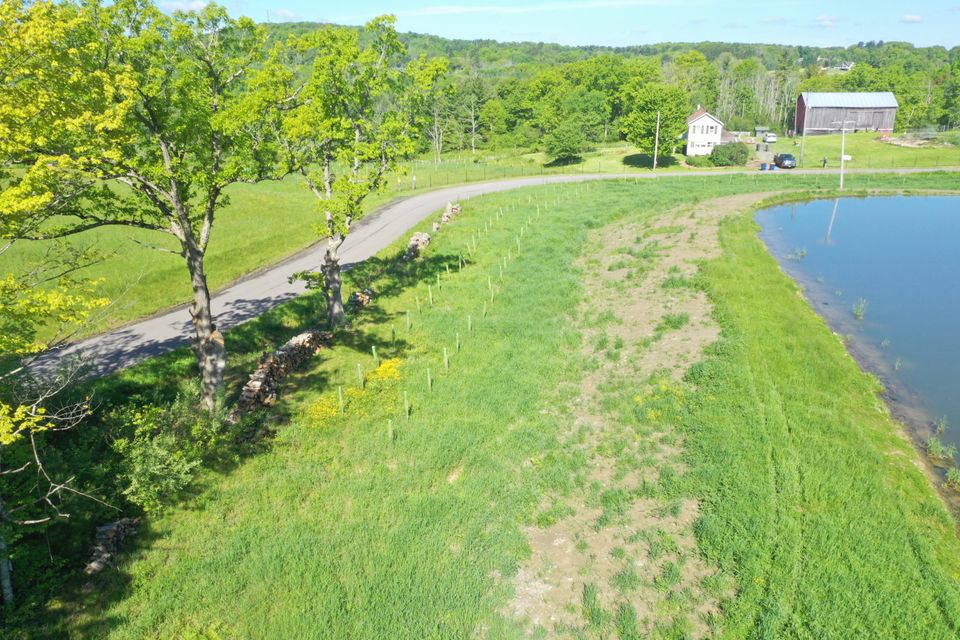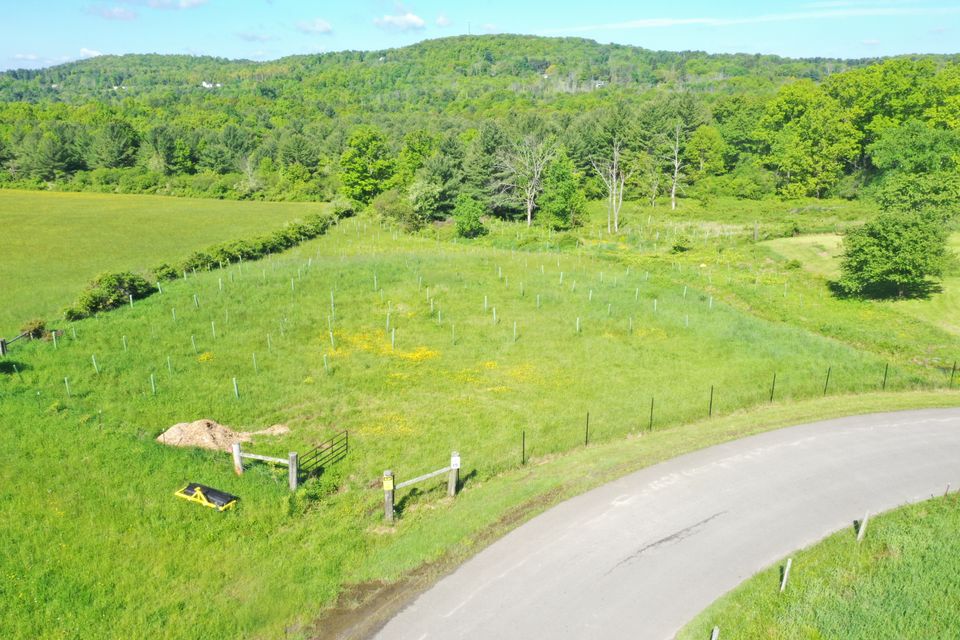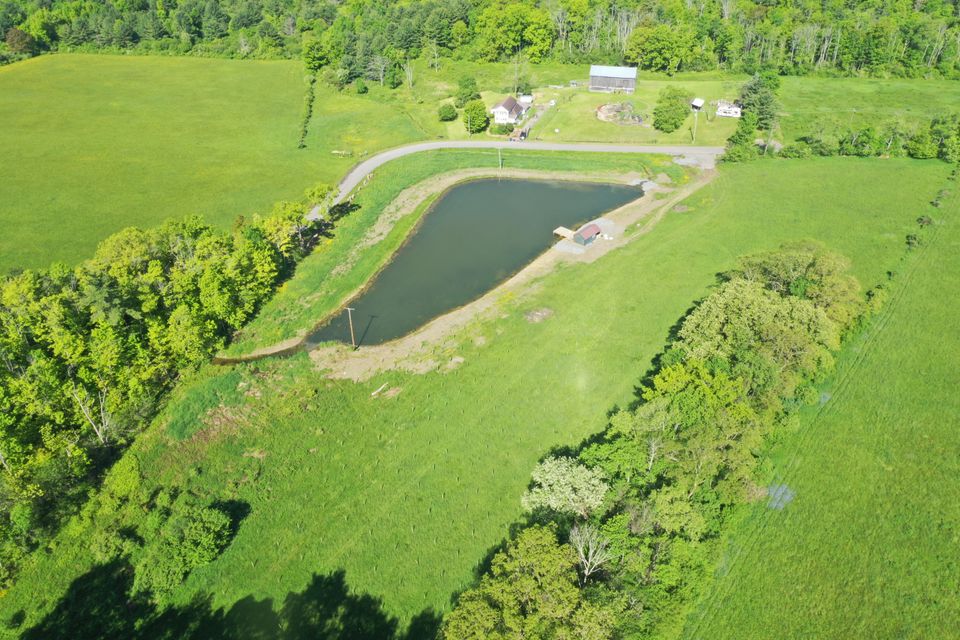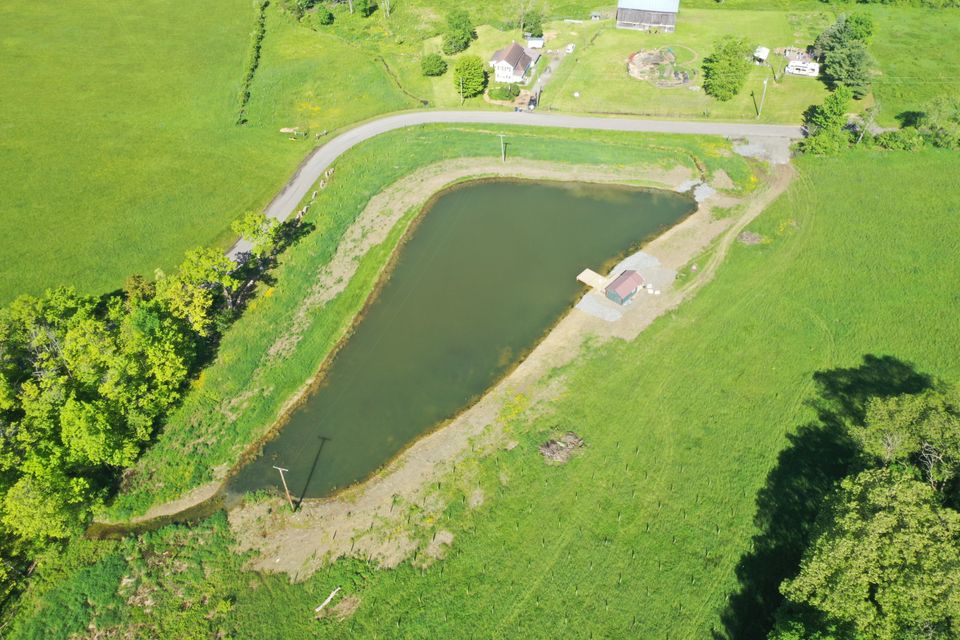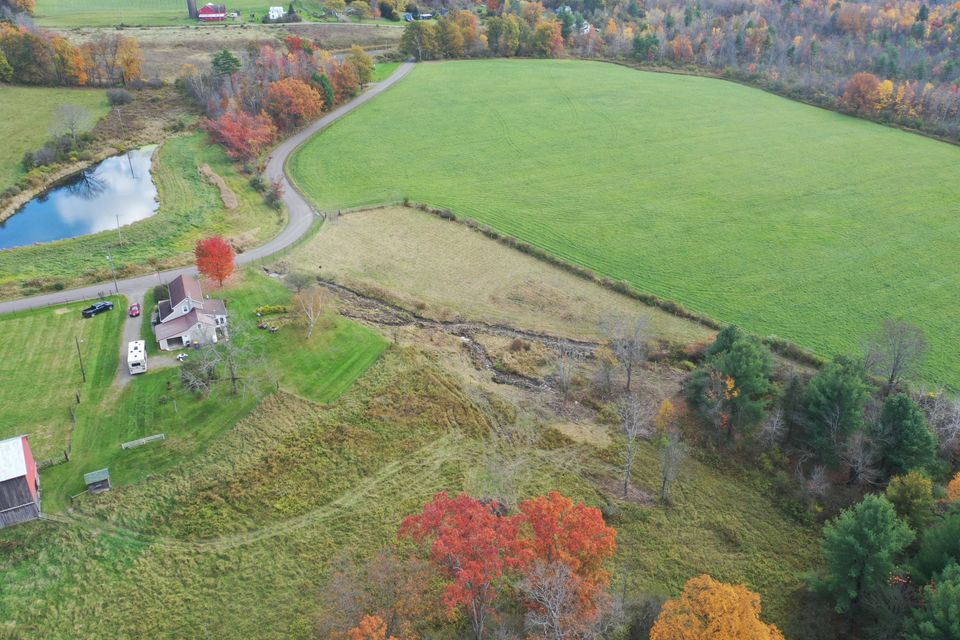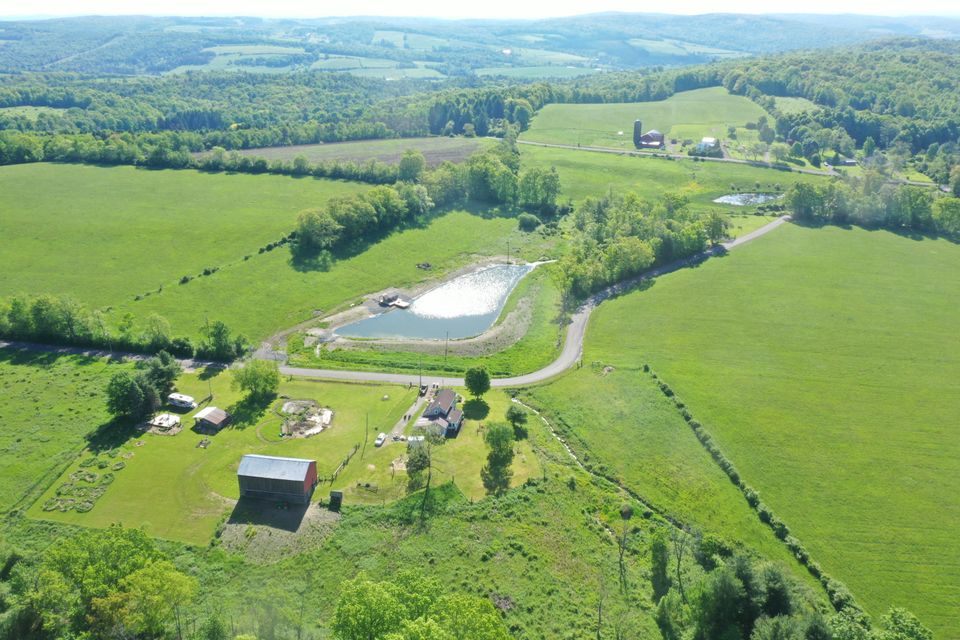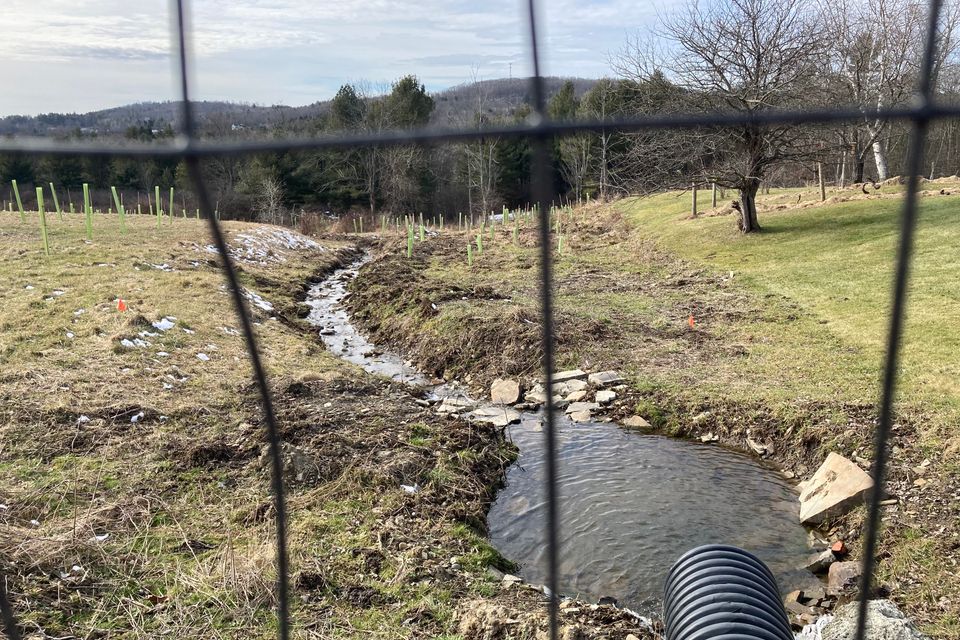
Watershed: Riparian Areas
Location:
Riparian #1: Creek (2023)
Clear: Remove and clean waterway from overgrowth and Invasive Plants
Restore: Creek Bottom with Field Stone
Plant: Riparian Areas with Specific Native Species of Trees, Bushes, and Shrubs
Generate: New sources of Herbs and Medicinal
Opportunity:
Read more: https://chesapeakeforestbuffers.net/
Riparian #1: Creek (2023)
Clear: Remove and clean waterway from overgrowth and Invasive Plants
Restore: Creek Bottom with Field Stone
Plant: Riparian Areas with Specific Native Species of Trees, Bushes, and Shrubs
Generate: New sources of Herbs and Medicinal
Opportunity:
- Produce Healing Herbs, Medicines, and Recipes
- Protect the water
- Encourage Wildlife
- Improve the environment
- Compound the experience
Read more: https://chesapeakeforestbuffers.net/
